Info Box
A simple and functional information provider
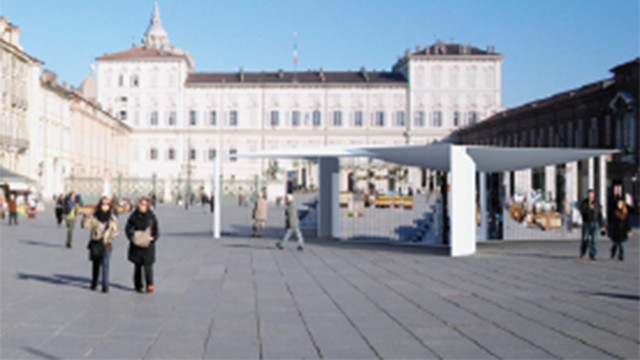
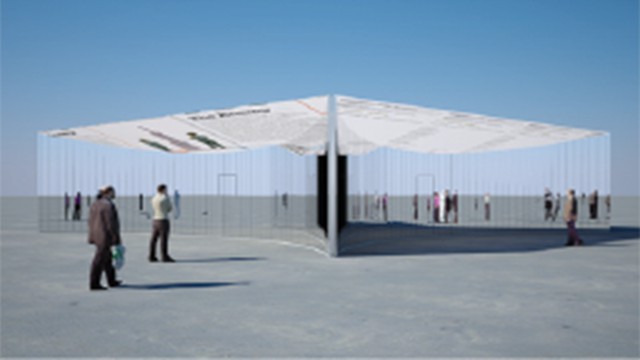
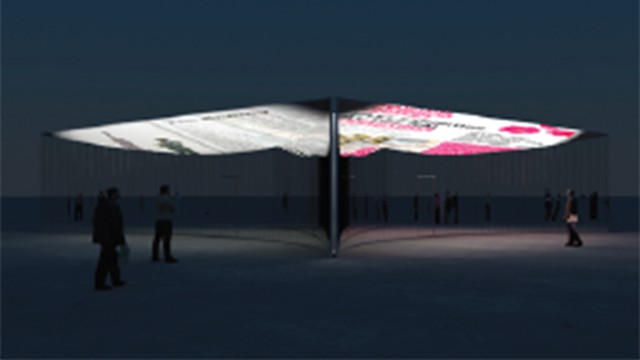
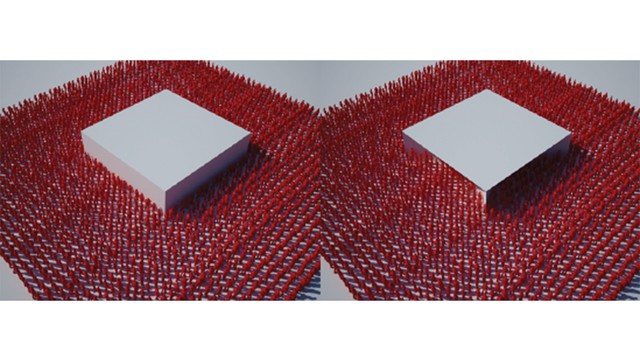
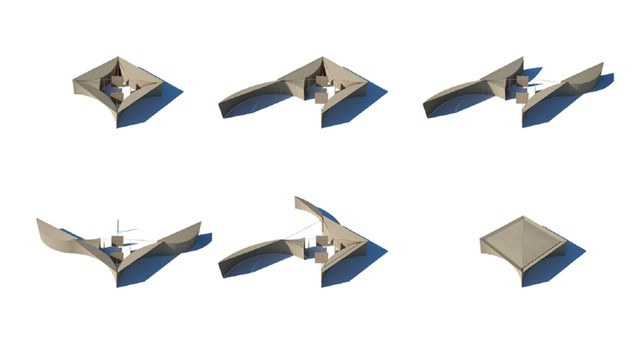
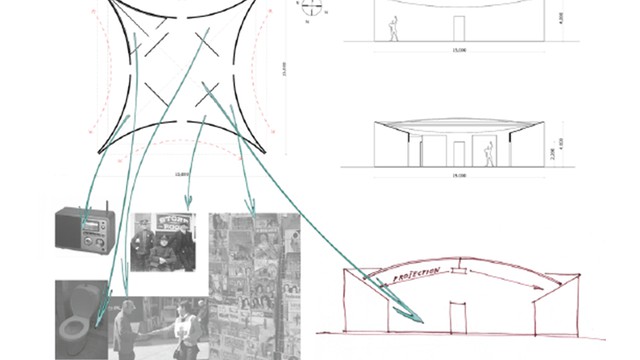
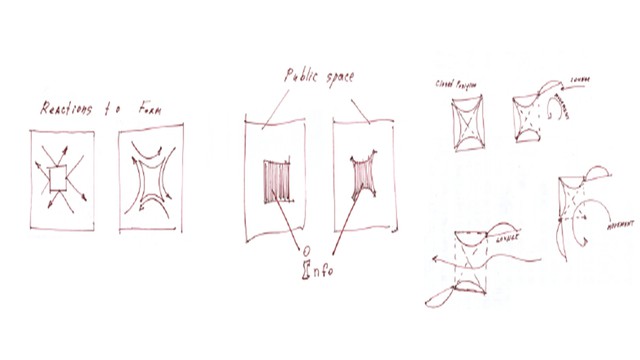
Firstly, we wanted to design a space without fixed architecture, not to make something permanent, but as mobile and flexible as the free space of the plaza. It should not be an architecturally pretentious solid body, but should appear to be a simple and functional information provider. The original idea for the structure is based on a square - a Closed Model of Open Space. The Info box must be multiferious, accessible, variable and selfevident. The transformable body whose attributes will be dynamic and will be able follow the rhythm of changing purposes. The pavillion is designed to be universal, this gives it the possibility of placing it anywhere on the plazz and also givs it the feasibility to move it to a new location and continue being functional. Its multilateral modification brought us to the creation of the curved body type, which absorbs the surrounding environment. This optical illusion is achieved by both the shape and materials used. It allows the free flow of movement around and through the pavillion, without forming barriers, even taking into account that it has walls. The reason, it is not perceived as a solid object, but as a transparent, continually transforming structure, is the material. Material-MIRRORs-a flat surface that has good specular reflection, and smooth enough to form a clear image. The facades are constructed with modular mirror segments in which the reflection of the surroundings are divided, repeated and multiplied causing the pavillion to become invisible. What remains is the apparent suspension of the information in the roof of the pavillion. This is achieved by the rear projection of information on to surfaces, which are angled to allow ease of visibility of the information by the public.
Details
Descriptions
Participatory architecture & urban interaction
Mediacredits
Te Zhang
Te Zhang
Te Zhang
Te Zhang
Te Zhang
Te Zhang
Te Zhang